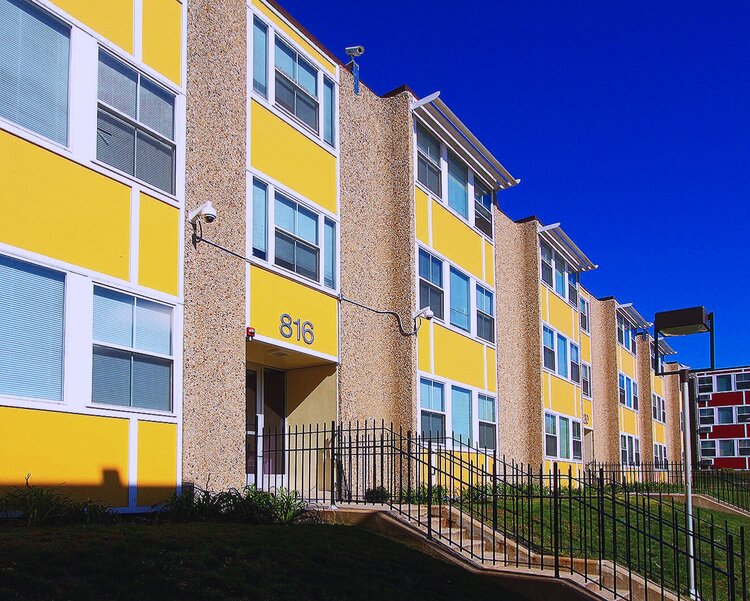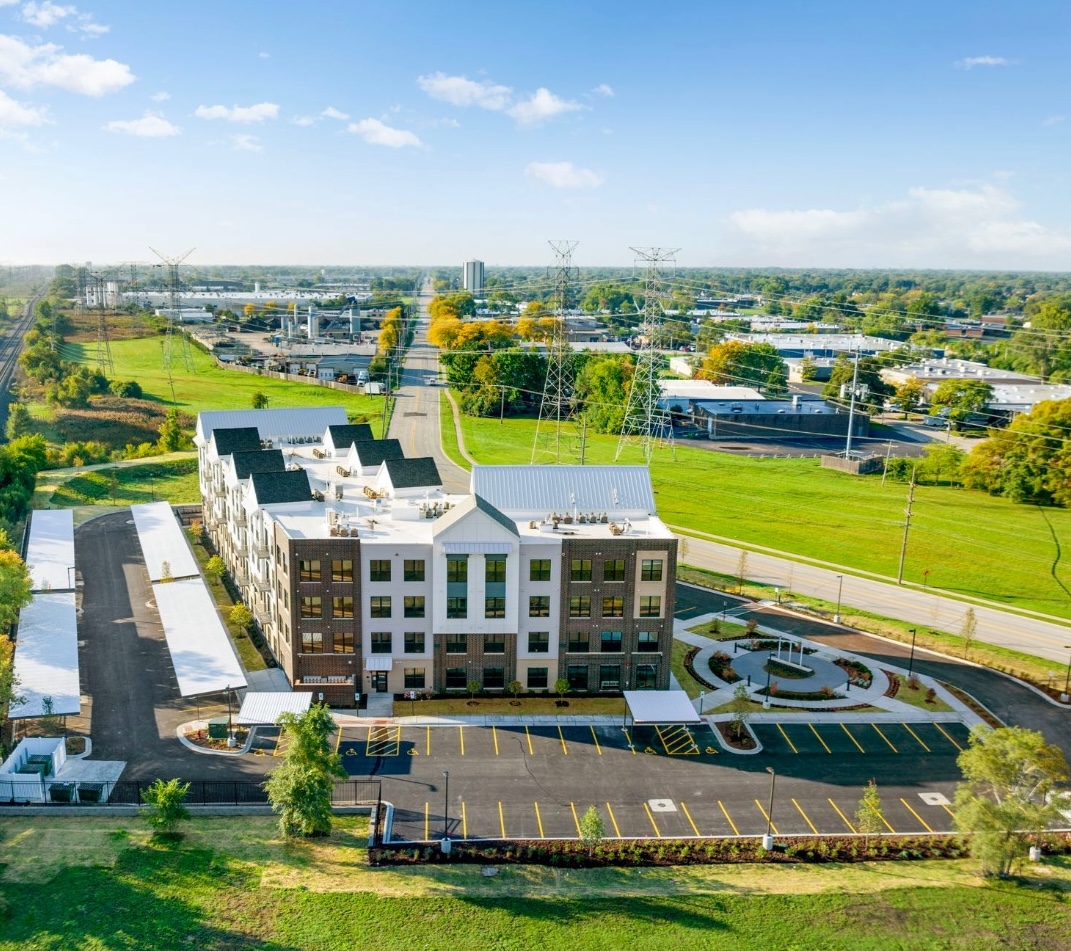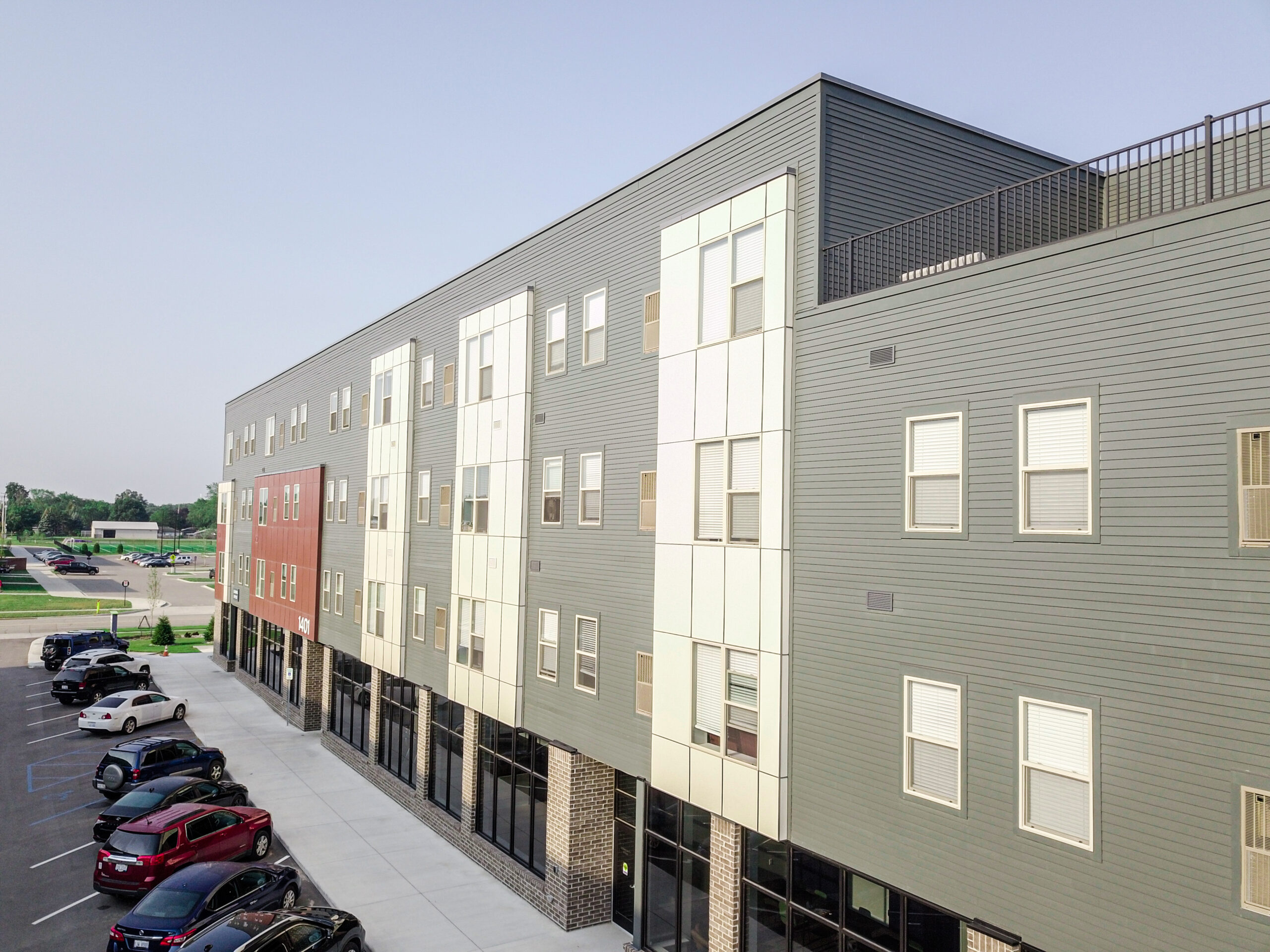Section 8 may be one of the most well-known terms as it relates to affordable housing. Often, it’s the first thing one thinks of and responds with when discussing affordable housing. And far too often, it conjures up inaccurate associations. But what is Section 8 and why is it so important to affordable housing development?
The Section 8 program was created with the adoption of the Housing and Community Development Act of 1974, which amended the Housing Act of 1937. A rental subsidy provided by HUD, the program was designed to support eligible low-income families in paying their rent. In Section 8 a family pays 30% of their income toward their rent while HUD pays the remaining rental balance. The overarching policy goals of the Section 8 program were to increase both the private-sector production of affordable housing and the access to safe and sanitary housing for low-income households.
An important element within Section 8 is the voucher program, of which there are two types. A project-based voucheris tied to a specific apartment or building. A tenant-based voucher is tied to an individual who is free to select any apartment. Project-based vouchers support nearly 2 million individuals across the country, while another 5 million are helped by a tenant-based voucher.
Very often, acquisition rehabs that utilize 4% tax-credits and tax-exempt bonds for financing will be primarily Section 8 properties, in accordance with a HAP contract. Additionally, new construction developments utilizing 9% tax-credits will often include Section 8 units via vouchers granted by a local public housing authority.
For many important reasons, Section 8 is a critical resource to the development of affordable housing. It allows LIHTC developments to target extremely low-income renters, makes available more units to extremely low-income renters, and can allow for increased rents, which is important to the financial underwriting of a development.
HDJ, Inc. is a leading national design firm providing architectural and engineering expertise to support the affordable housing industry throughout the United States. HDJ’s diverse portfolio includes successful outcomes with adaptive reuse renovation, acquisition rehab, new construction, historic preservation and RAD.




